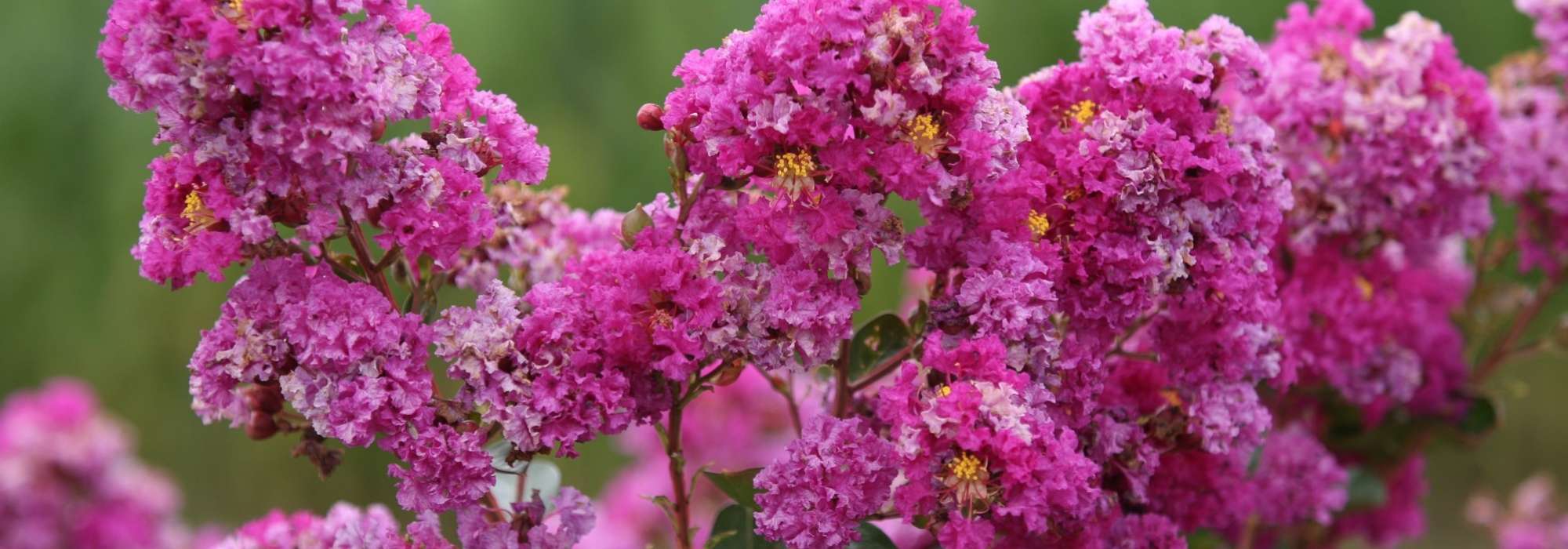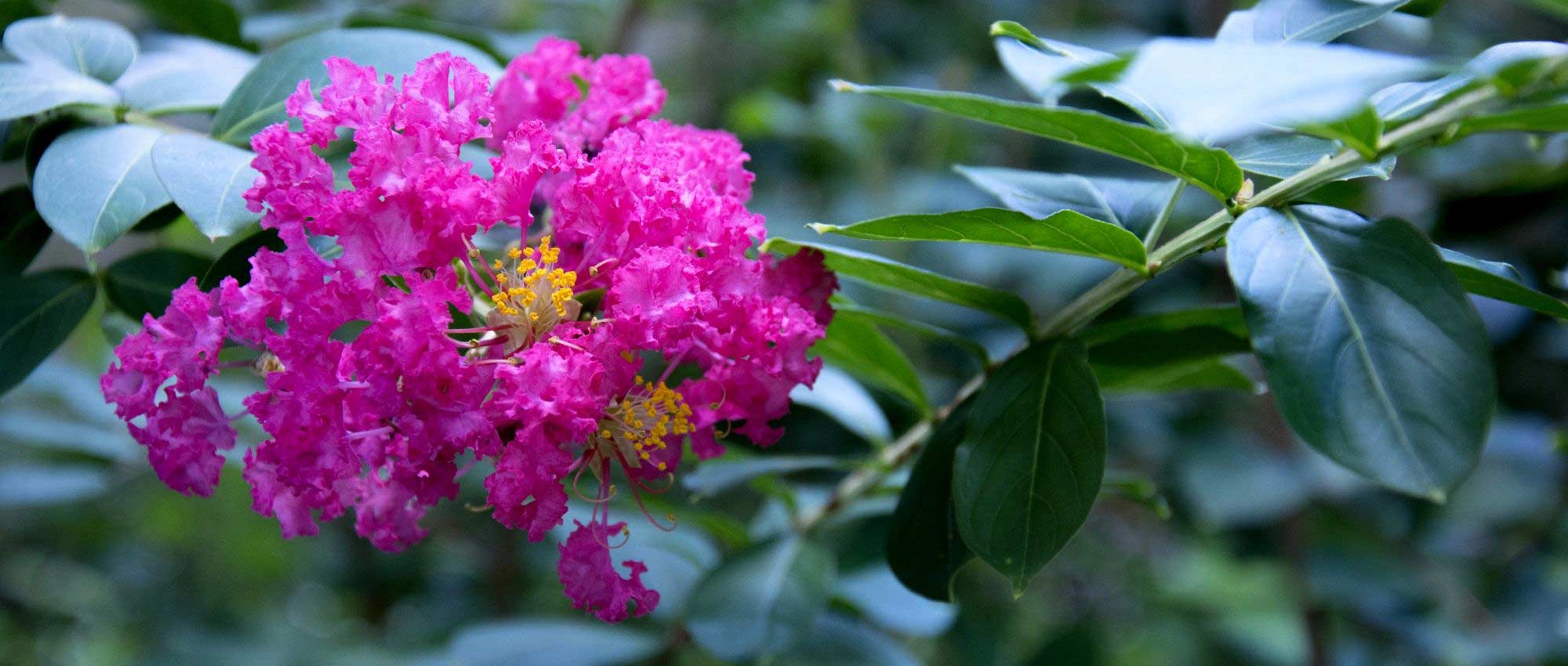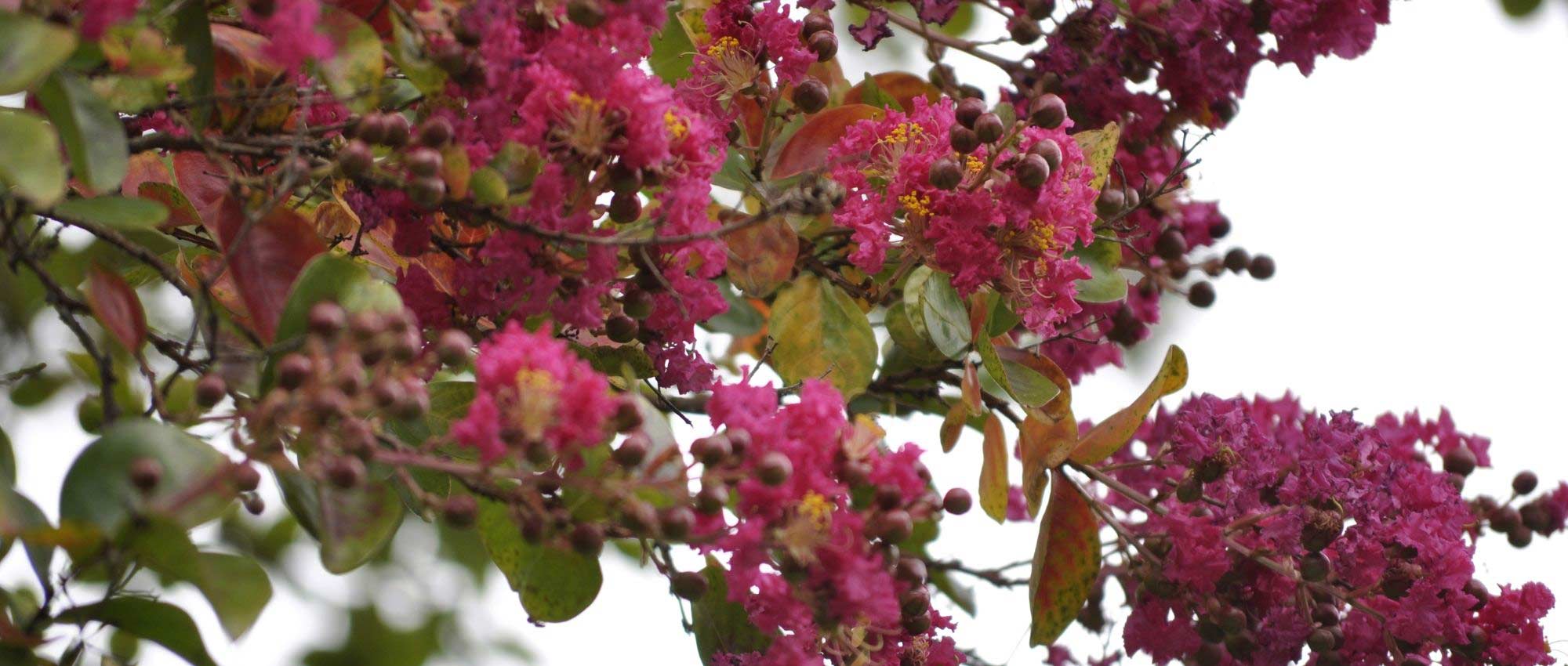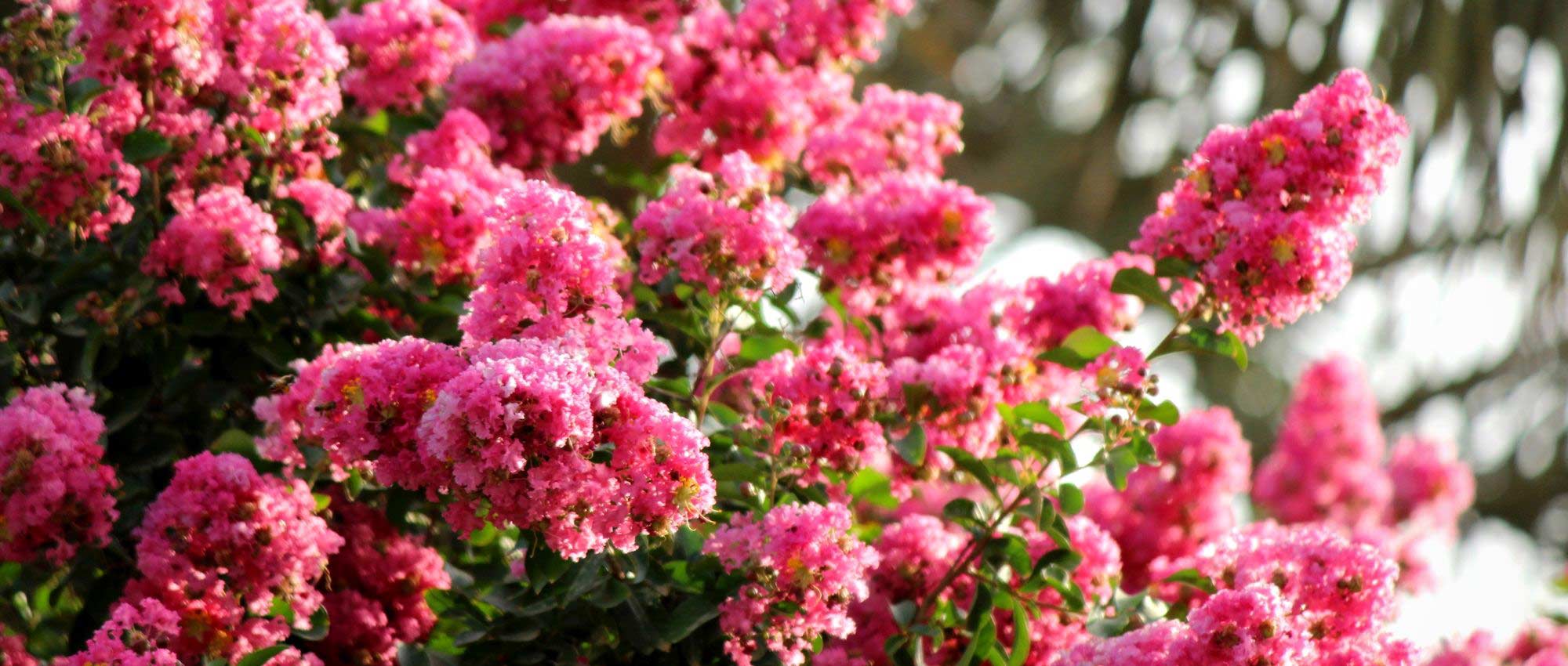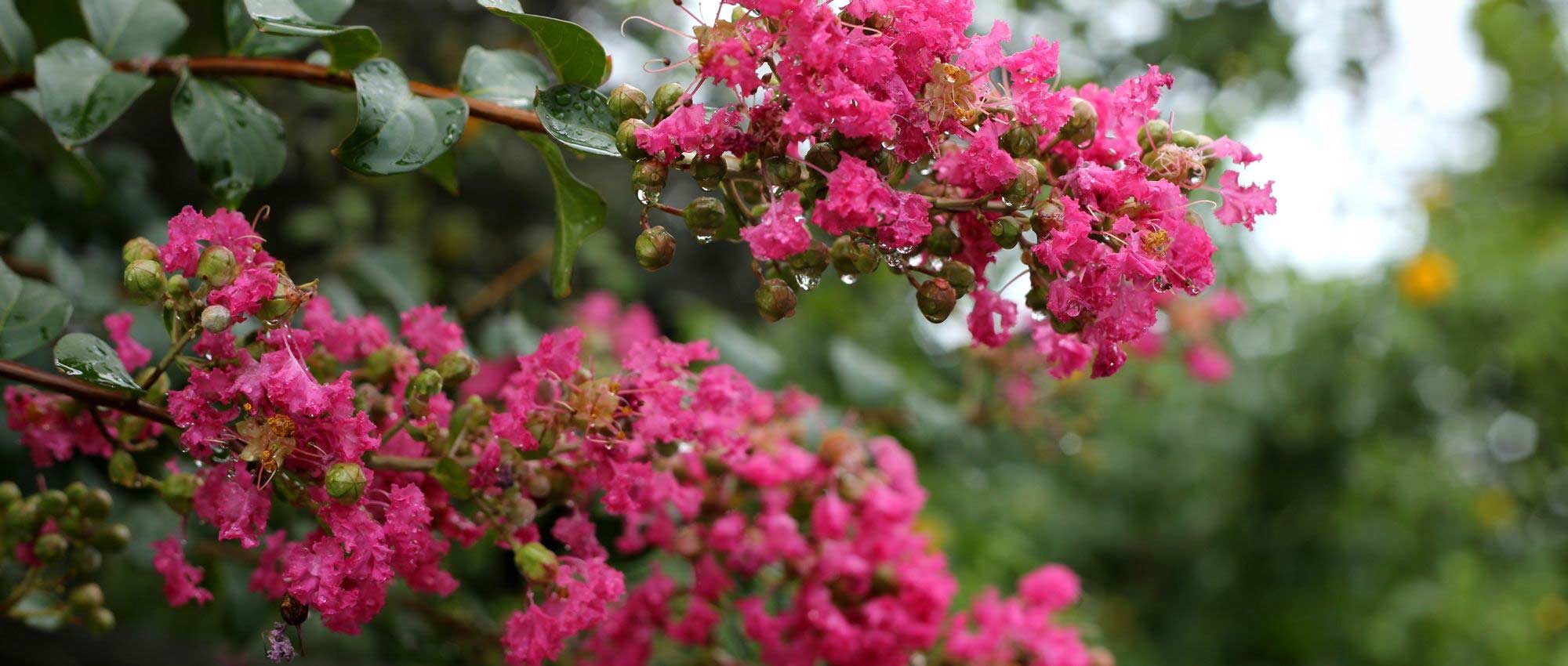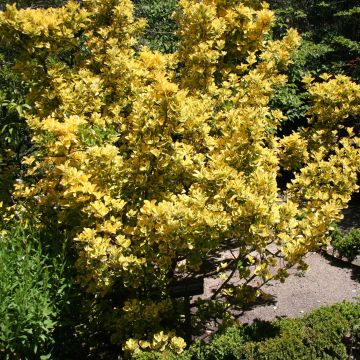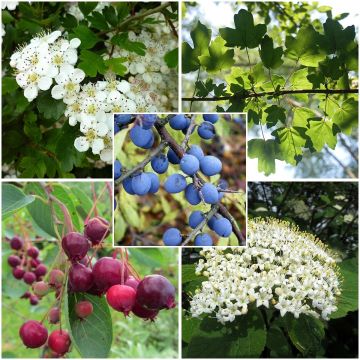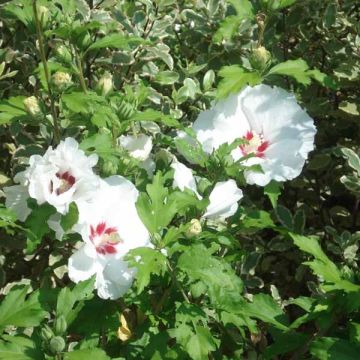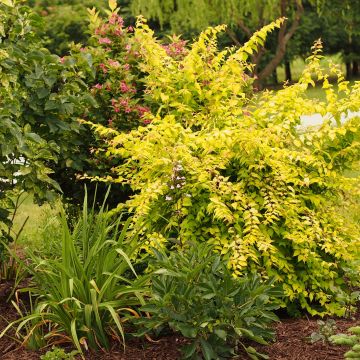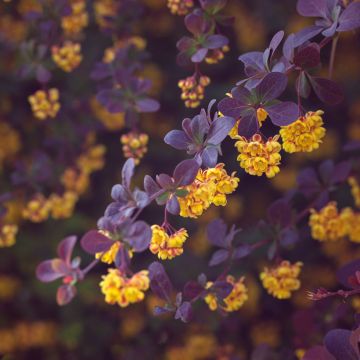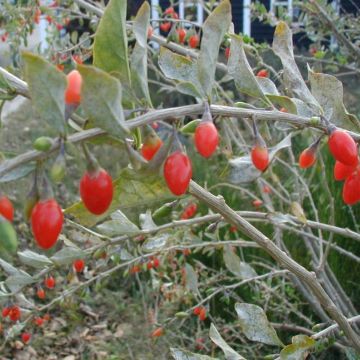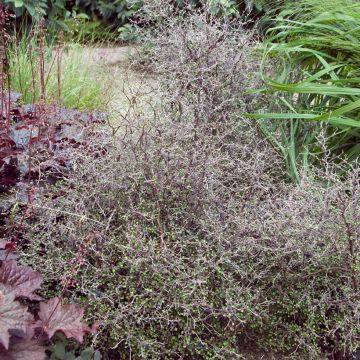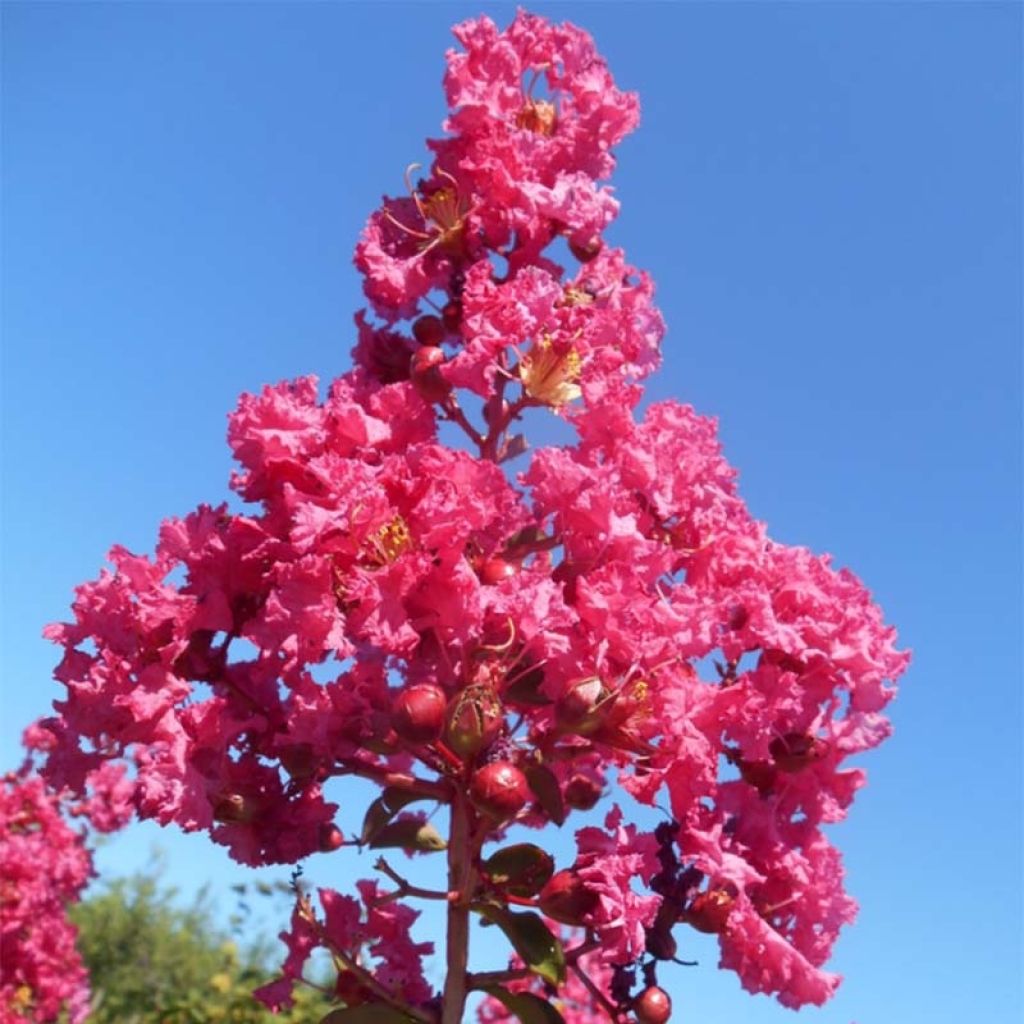

Lagerstroemia indica Souvenir d'André Desmartis - Lilas des Indes
Lagerstroemia indica Souvenir dAndré Desmartis - Crape Myrtle
Lagerstroemia indica Souvenir d'André Desmartis
Crape Myrtle, Crepe Myrtle, Indian Lilac
How and when to prune it, it never produces flowers, thank you.
ttperrier@wanadoo.fr, 22/09/2019
Special offer!
Receive a €20 voucher for any order over €90 (excluding delivery costs, credit notes, and plastic-free options)!
1- Add your favorite plants to your cart.
2- Once you have reached €90, confirm your order (you can even choose the delivery date!).
3- As soon as your order is shipped, you will receive an email containing your voucher code, valid for 3 months (90 days).
Your voucher is unique and can only be used once, for any order with a minimum value of €20, excluding delivery costs.
Can be combined with other current offers, non-divisible and non-refundable.
Home or relay delivery (depending on size and destination)
Schedule delivery date,
and select date in basket
This plant carries a 24 months recovery warranty
More information
We guarantee the quality of our plants for a full growing cycle, and will replace at our expense any plant that fails to recover under normal climatic and planting conditions.
Would this plant suit my garden?
Set up your Plantfit profile →
Description
The Lagerstroemia indica 'Souvenir d'André Desmartis' is a deciduous Indian Lilac with a vibrant red summer flowering, from August to early September. This variety forms a bush with a very regular habit, and is highly vigorous. Its glossy green foliage turns warm shades in autumn. Fond of sunlight and warmth, this variety thrives best in southern regions. With multiple advantages, Indian Lilacs are among the most beautiful shrubs with summer flowering. As such, they deserve a prominent place in the garden or on the terrace.
The Lagerstroemia indica 'Souvenir d'André Desmartis' belongs to the family Lythraceae. The Lagerstroemia indica, from which it originates, is native to China. The cultivar 'Souvenir d'André Desmartis' was selected in 1973 at the Demartis nursery in Dordogne, and named in tribute to its founder. This vigorous bush with a regular habit reaches a height of 3 to 5 metres (10 to 16 feet) at maturity, with a diameter of about 3 metres (10 feet). Its growth is quite rapid. Its flowering usually starts in August and lasts until early September. The flowers are characterised by slender pedicels, each bearing five undulate-edged petals that make up this flower. The flowers, with a texture reminiscent of a crepe, are gathered in large, dense panicles at the ends of the current year's branches. In 'Souvenir d'André Desmartis', the flowering is of an intense deep red. The foliage, leathery and deciduous, emerges red and becomes shiny dark green. It consists of small ovate leaves, which take on beautiful orange and purple hues in autumn, depending on the climate. Finally, its bark is truly beautiful, smooth, beige, striated with brown-red, peeling off in coloured patches (cinnamon, muted red, old rose, cream).
Indian Lilacs are the pride of gardens in southwestern France. Preferring the humid and warm Atlantic over the dry and windy Mediterranean, it is a small tree that deserves to be acclimated in the colder areas of our country, carefully choosing its location. Its hardiness and vigor allow it. It will be fully enjoyed when planted near the house, in isolation. It will make a good impression in a shrub bed, a flowering hedge, or emerging from a mound of perennials. Compose a bed like a bouquet, with Campanula pyramidalis, Salvia sclarea, Aster laevis. In autumn, it accompanies the asters, as colorful as itself. In a large pot on the terrace, it puts on a show while summer flowering takes a break.
NB: Carl Linnaeus named this tree to pay tribute to his friend Magnus Von Lagestroem (1696 - 1759), who had sent it to him from India for identification. Originally, this tree was used to decorate Chinese temples. We would like to point out that this tree produces fruits with a narcotic effect if ingested.
Lagerstroemia indica Souvenir dAndré Desmartis - Crape Myrtle in pictures
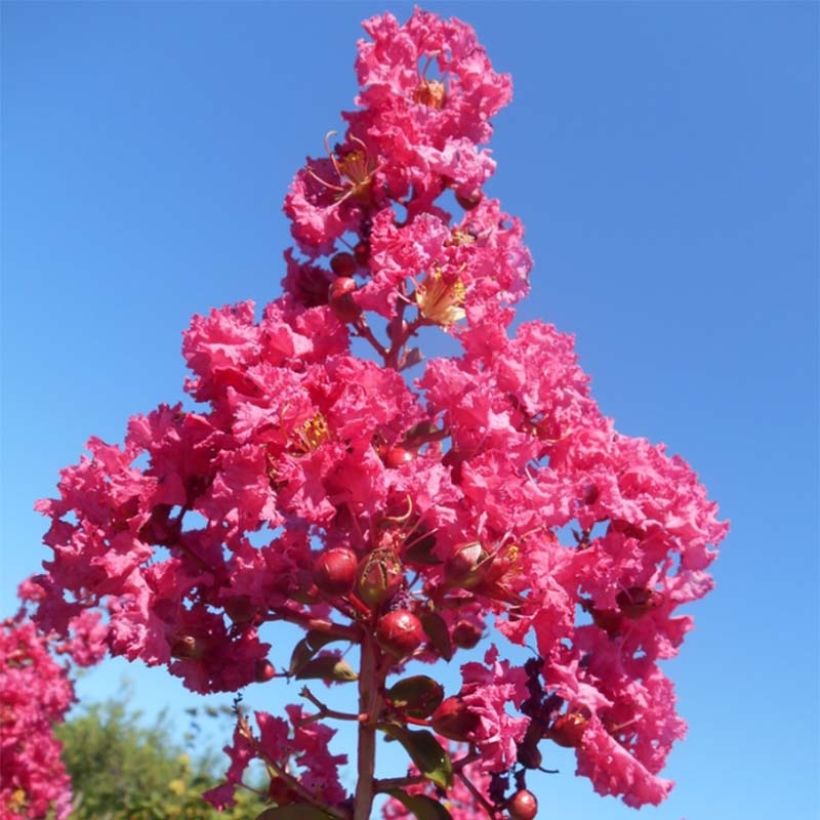

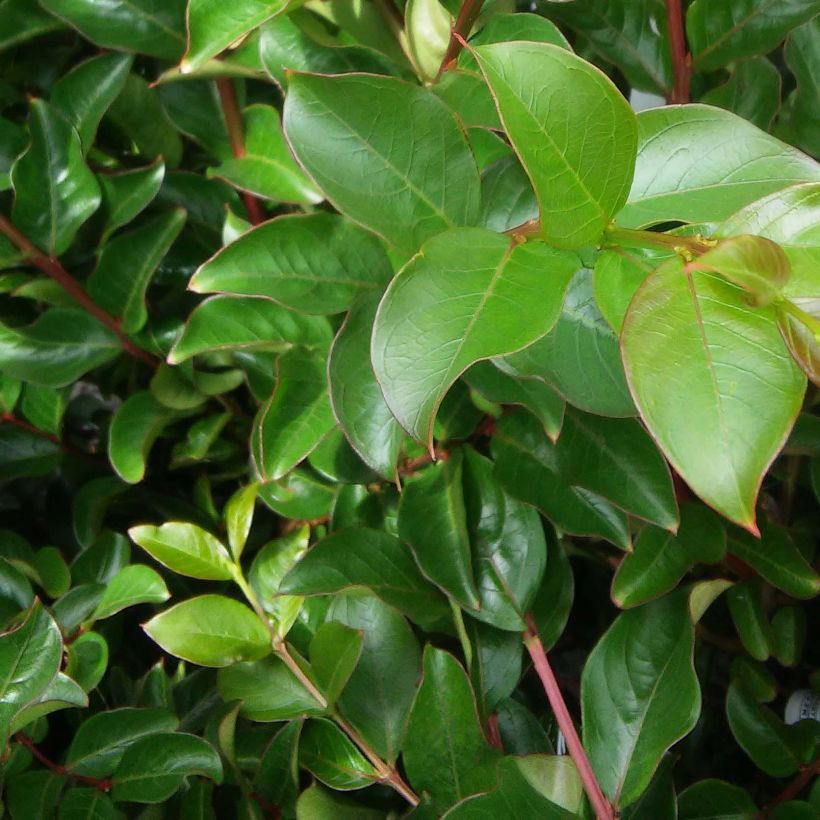

Plant habit
Flowering
Foliage
Botanical data
Lagerstroemia
indica
Souvenir d'André Desmartis
Lythraceae
Crape Myrtle, Crepe Myrtle, Indian Lilac
Cultivar or hybrid
Planting and care
Planting period
Intended location
Care
Planting & care advice
-
, onOrder confirmed
Reply from on Promesse de fleurs
Similar products
Haven't found what you were looking for?
Hardiness is the lowest winter temperature a plant can endure without suffering serious damage or even dying. However, hardiness is affected by location (a sheltered area, such as a patio), protection (winter cover) and soil type (hardiness is improved by well-drained soil).

Photo Sharing Terms & Conditions
In order to encourage gardeners to interact and share their experiences, Promesse de fleurs offers various media enabling content to be uploaded onto its Site - in particular via the ‘Photo sharing’ module.
The User agrees to refrain from:
- Posting any content that is illegal, prejudicial, insulting, racist, inciteful to hatred, revisionist, contrary to public decency, that infringes on privacy or on the privacy rights of third parties, in particular the publicity rights of persons and goods, intellectual property rights, or the right to privacy.
- Submitting content on behalf of a third party;
- Impersonate the identity of a third party and/or publish any personal information about a third party;
In general, the User undertakes to refrain from any unethical behaviour.
All Content (in particular text, comments, files, images, photos, videos, creative works, etc.), which may be subject to property or intellectual property rights, image or other private rights, shall remain the property of the User, subject to the limited rights granted by the terms of the licence granted by Promesse de fleurs as stated below. Users are at liberty to publish or not to publish such Content on the Site, notably via the ‘Photo Sharing’ facility, and accept that this Content shall be made public and freely accessible, notably on the Internet.
Users further acknowledge, undertake to have ,and guarantee that they hold all necessary rights and permissions to publish such material on the Site, in particular with regard to the legislation in force pertaining to any privacy, property, intellectual property, image, or contractual rights, or rights of any other nature. By publishing such Content on the Site, Users acknowledge accepting full liability as publishers of the Content within the meaning of the law, and grant Promesse de fleurs, free of charge, an inclusive, worldwide licence for the said Content for the entire duration of its publication, including all reproduction, representation, up/downloading, displaying, performing, transmission, and storage rights.
Users also grant permission for their name to be linked to the Content and accept that this link may not always be made available.
By engaging in posting material, Users consent to their Content becoming automatically accessible on the Internet, in particular on other sites and/or blogs and/or web pages of the Promesse de fleurs site, including in particular social pages and the Promesse de fleurs catalogue.
Users may secure the removal of entrusted content free of charge by issuing a simple request via our contact form.
The flowering period indicated on our website applies to countries and regions located in USDA zone 8 (France, the United Kingdom, Ireland, the Netherlands, etc.)
It will vary according to where you live:
- In zones 9 to 10 (Italy, Spain, Greece, etc.), flowering will occur about 2 to 4 weeks earlier.
- In zones 6 to 7 (Germany, Poland, Slovenia, and lower mountainous regions), flowering will be delayed by 2 to 3 weeks.
- In zone 5 (Central Europe, Scandinavia), blooming will be delayed by 3 to 5 weeks.
In temperate climates, pruning of spring-flowering shrubs (forsythia, spireas, etc.) should be done just after flowering.
Pruning of summer-flowering shrubs (Indian Lilac, Perovskia, etc.) can be done in winter or spring.
In cold regions as well as with frost-sensitive plants, avoid pruning too early when severe frosts may still occur.
The planting period indicated on our website applies to countries and regions located in USDA zone 8 (France, United Kingdom, Ireland, Netherlands).
It will vary according to where you live:
- In Mediterranean zones (Marseille, Madrid, Milan, etc.), autumn and winter are the best planting periods.
- In continental zones (Strasbourg, Munich, Vienna, etc.), delay planting by 2 to 3 weeks in spring and bring it forward by 2 to 4 weeks in autumn.
- In mountainous regions (the Alps, Pyrenees, Carpathians, etc.), it is best to plant in late spring (May-June) or late summer (August-September).
The harvesting period indicated on our website applies to countries and regions in USDA zone 8 (France, England, Ireland, the Netherlands).
In colder areas (Scandinavia, Poland, Austria...) fruit and vegetable harvests are likely to be delayed by 3-4 weeks.
In warmer areas (Italy, Spain, Greece, etc.), harvesting will probably take place earlier, depending on weather conditions.
The sowing periods indicated on our website apply to countries and regions within USDA Zone 8 (France, UK, Ireland, Netherlands).
In colder areas (Scandinavia, Poland, Austria...), delay any outdoor sowing by 3-4 weeks, or sow under glass.
In warmer climes (Italy, Spain, Greece, etc.), bring outdoor sowing forward by a few weeks.






























